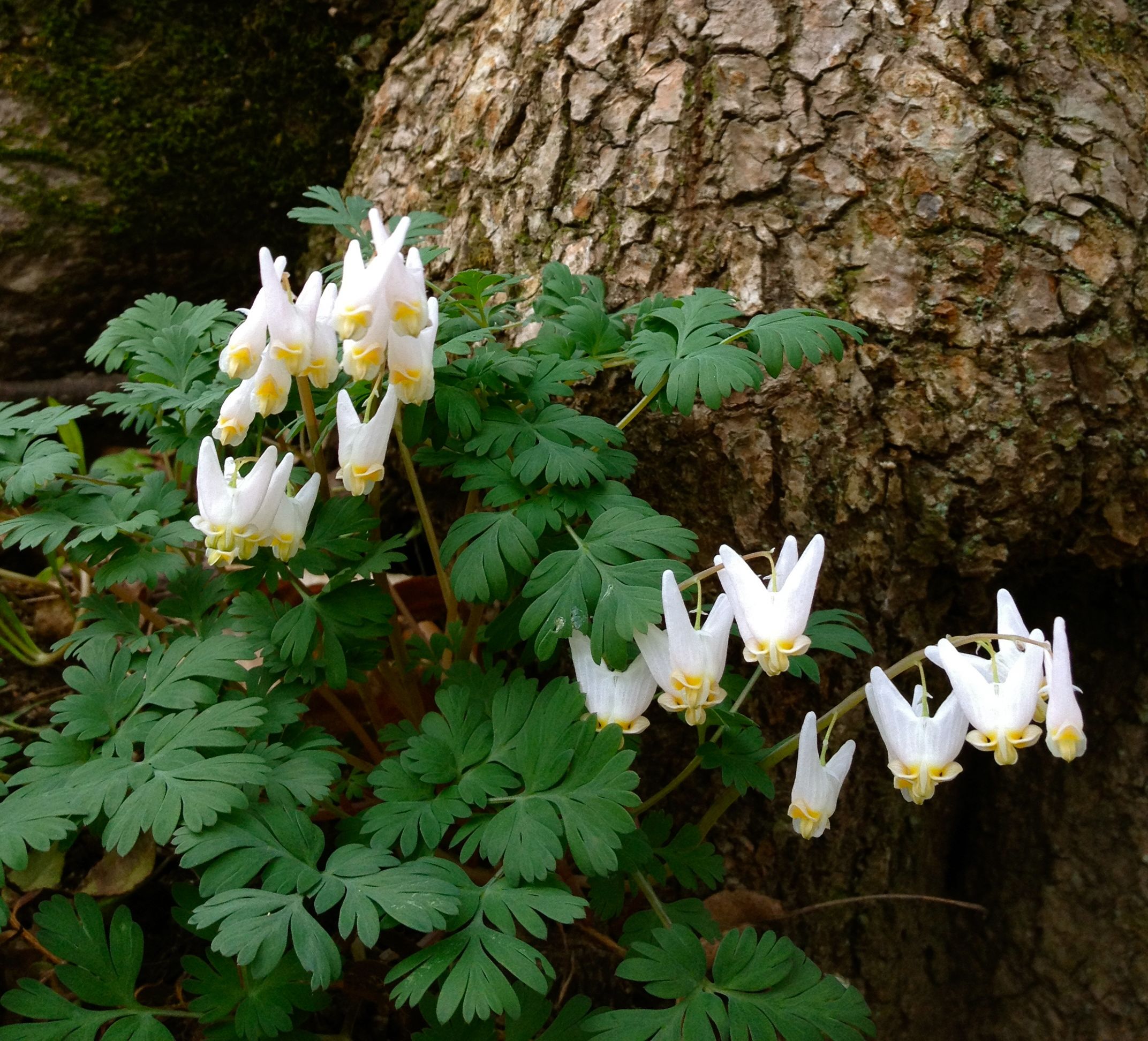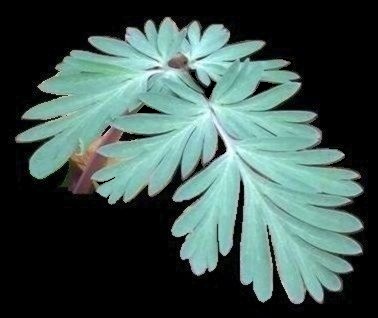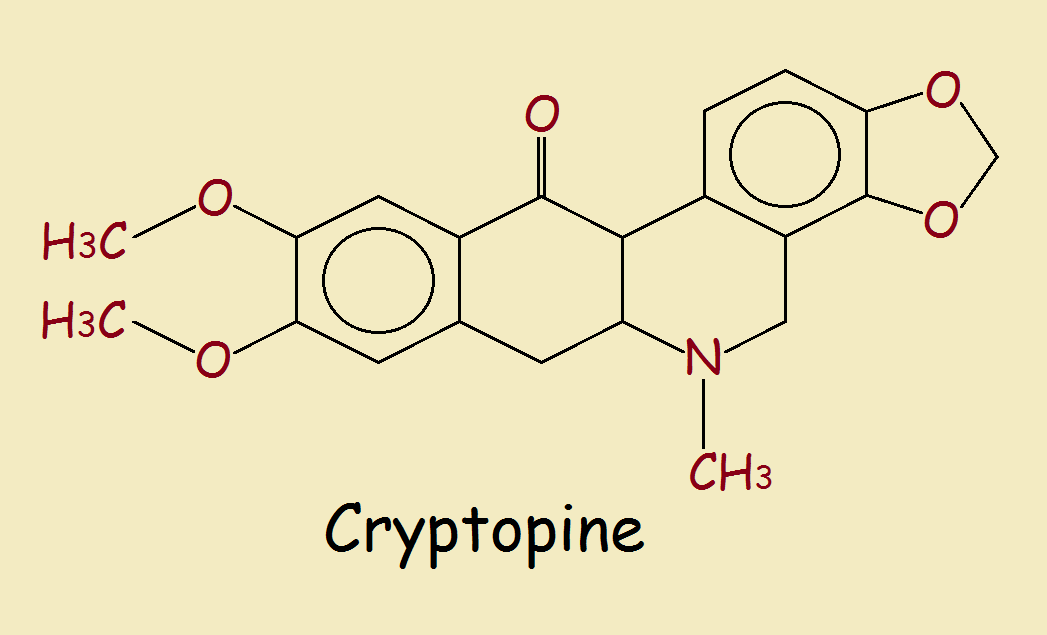
With a name reminiscent of trousers or undergarments, we wouldn’t expect Dutchman’s Breeches (Dicentra cucullaria) to be particularly beautiful.
A cluster of these jewels caught my attention during a search for the elusive morel mushroom.
Even though I’d never seen Dutchman’s Breeches before, I instantly recognized the treasure I’d found. It was a bit of a lucky guess, as Squirrel Corn (Dicentra canadensis) is very similar.
Why So Beautiful
What makes Dutchman’s Breeches so beautiful? Quite often, a plant possesses beauty a single component, whether the flower or the leaf, or even overall form. But for D. cucullaria, every component part of the plant is beautiful, even its rootstock as can be seen from this Missouri Department of Conservation photo link. In addition, it appears during the most beautiful time of the year, early April1, when many gorgeous flowering trees make their bold appearance. It is true there is no aroma to the flowers, but some would find that an added attraction rather than a detriment.

Dutchman’s Breeches Packs a Chemical Punch
 The National Park Service informs us Dutchman’s Breeches contains several poisonous alkaloids, including aporphine and protopine. These alkaloids are central nervous system (CNS) depressants, capable of inducing paralysis and tremors. Another source cites the alkaloid cryptopine, found in opium poppies, has also been isolated from Dicentra. It slows the heart.
The National Park Service informs us Dutchman’s Breeches contains several poisonous alkaloids, including aporphine and protopine. These alkaloids are central nervous system (CNS) depressants, capable of inducing paralysis and tremors. Another source cites the alkaloid cryptopine, found in opium poppies, has also been isolated from Dicentra. It slows the heart.
Chemicals you might not expect to find in an otherwise beautiful plant. But then the black widow might be considered a beautiful spider. Farm animals that forage either Dutchman’s Breeches or Squirrel Corn demonstrate the validity of their joint nickname, Staggerweed. Most medicines are also poisons. Dosage determines outcome.
1 I spotted these beautiful flowers at the end of March, after a particularly warm spell of weather.
Note: You might also enjoy Purpose of the Plume Poppy (Macleaya Cordata)
References:
- NPS: Dutchman’s Breeches
- ResearchGate: The Alkaloids of Fumaraceous Plants…
- The Alkaloids: Chemistry and Physiology

The reader may also enjoy some information concerning the symbiotic relationship between Dutchman’s Breeches and the lowly ant. Seeds possess attached tissue called elaiosomes. Seeds are hauled back to the ant nesting location. The elaiosomes are stripped off the seeds for use as food for the young. The seeds are taken to another part of the ants’ home where they then germinate in their new location.